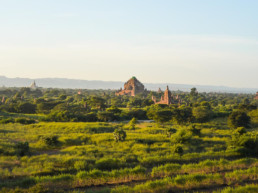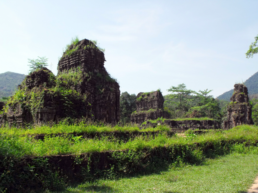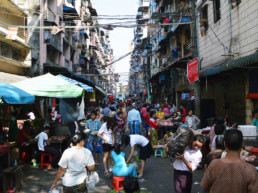Situated along the Irrawaddy River, some 700 miles north of Yangon, sits Mandalay, the nation’s second largest city. Mandalay serves as the economic and cultural hub of the north and home of the last royal palace. With an international airport, it’s also a great starting point for travel within Myanmar. From temples to tea houses, there is plenty to explore, not to mention opportunities to get off-the-beaten-track with some incredible adventure tours.
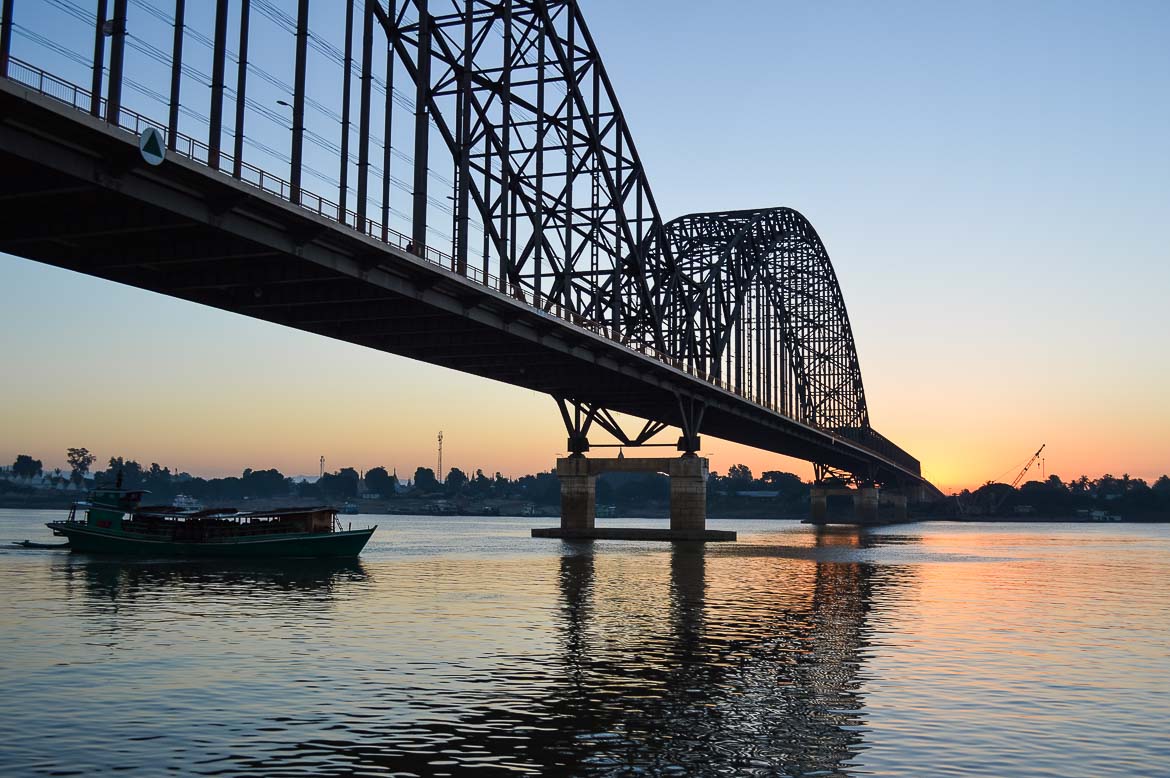
Exploring Mandalay:
Temples
Visible from nearly every angle around the city sits Mandalay Hill, elevated 240 meters above the town. It’s home to several pagodas and monasteries including Sutaungpyei Pagoda at the summit. During the heat of the day, the sun glimmering off of the golden spires and tiled floor can deter some visitors, but it’s worth it I assure you. Opt for a taxi from town versus climbing the 1,700+ steps yourself – during the alternative barefoot hike up you’re more likely to encounter dog waste than scenic views. Taking in sunset from atop the hill is magical, however it’s also popular, so get there early. Arriving at 3pm you’ll have the complex nearly entirely to yourself with plenty of time to explore before the ‘main event’. However by 4:30pm you’ll need to secure your viewing spot. Luckily you can easily pass any waiting time by striking up a conversation with any one of the dozens of monks milling about. Novice monks commonly visit this popular tourist destination with the aim of conversing with travellers to improve their English – or French or German! The journey to Mandalay Hill begins on 10th street to the north east of the city center, with admission at the summit 1,000 Kyat/pp.
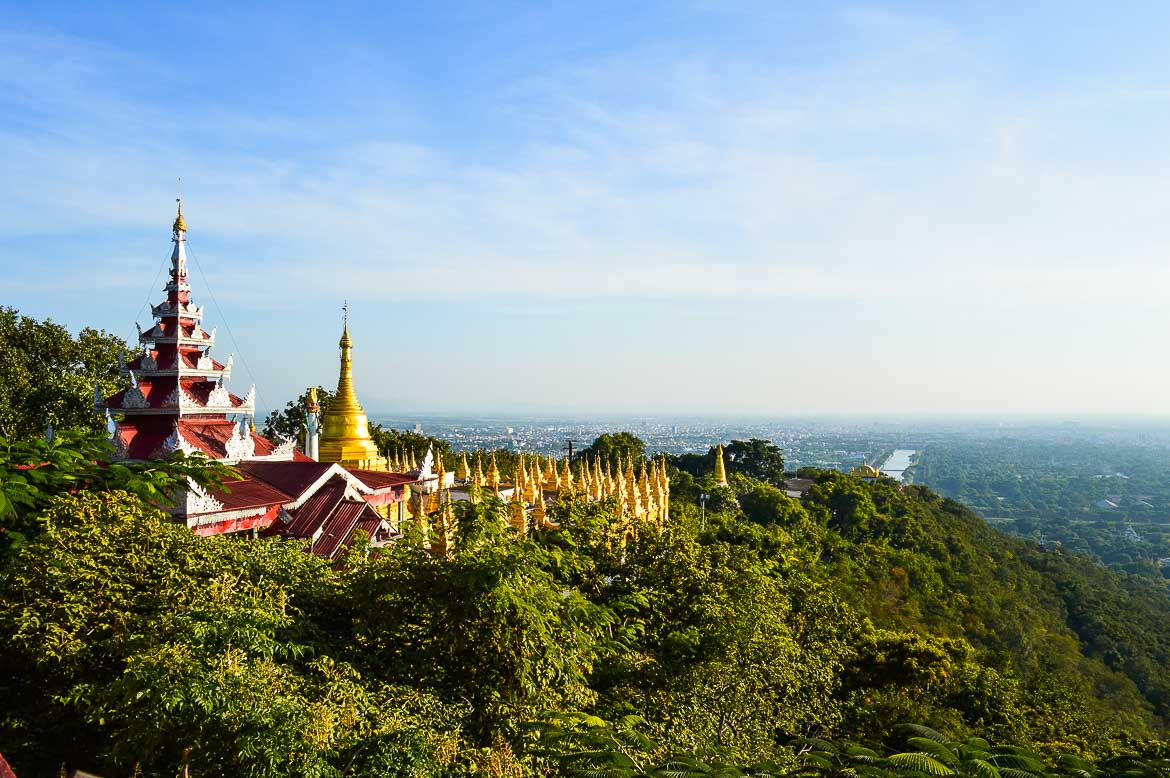
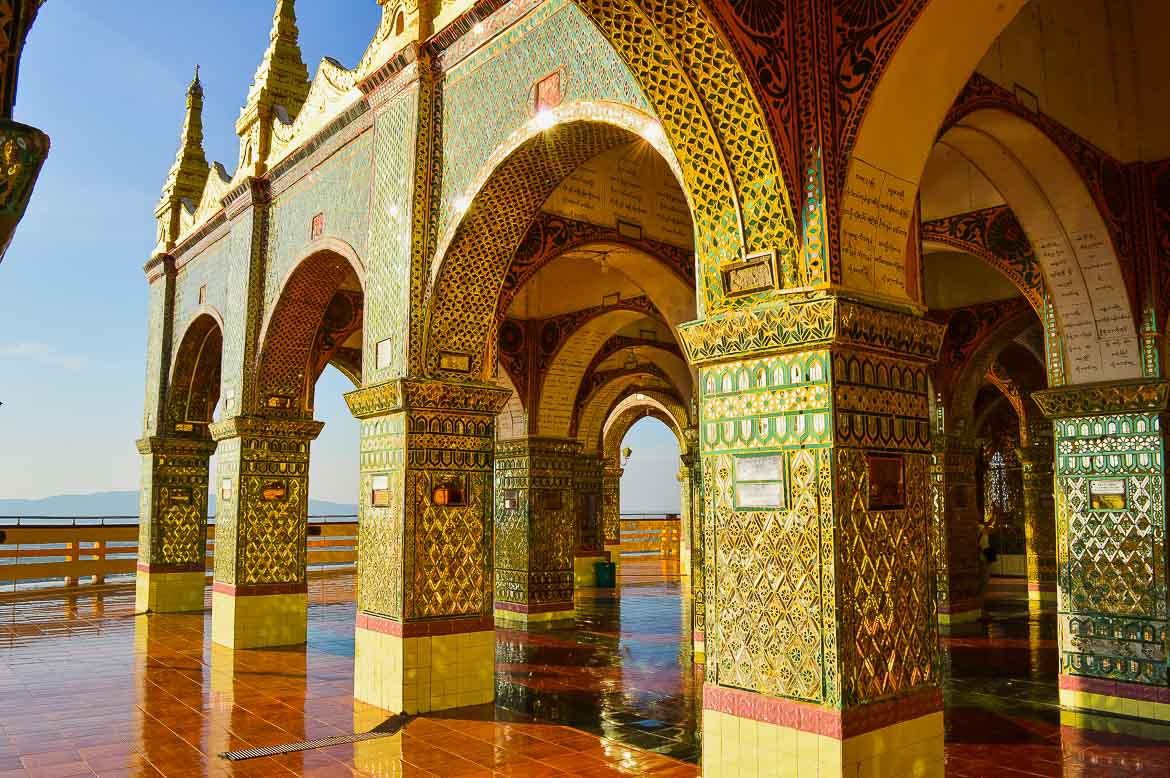
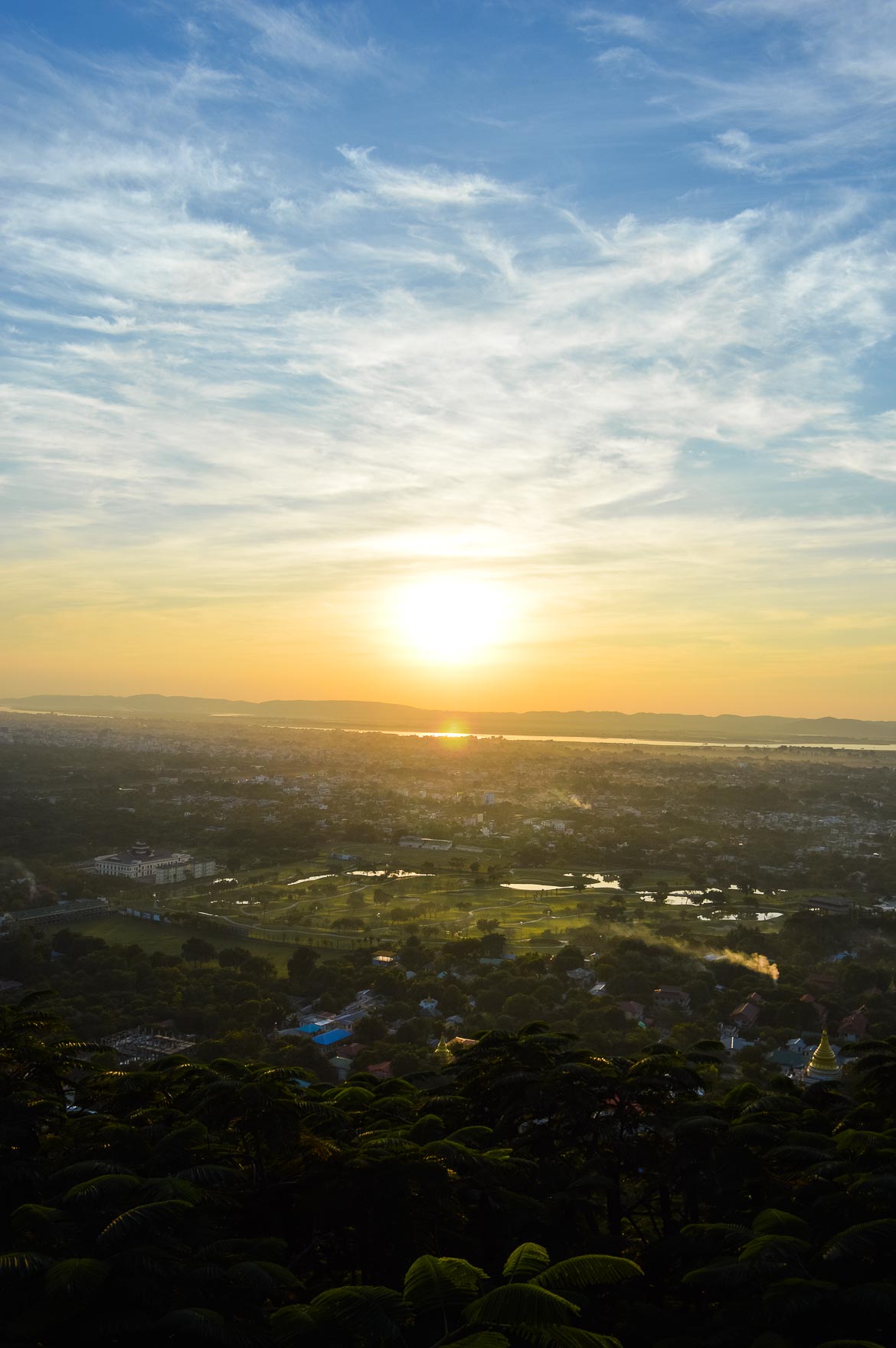
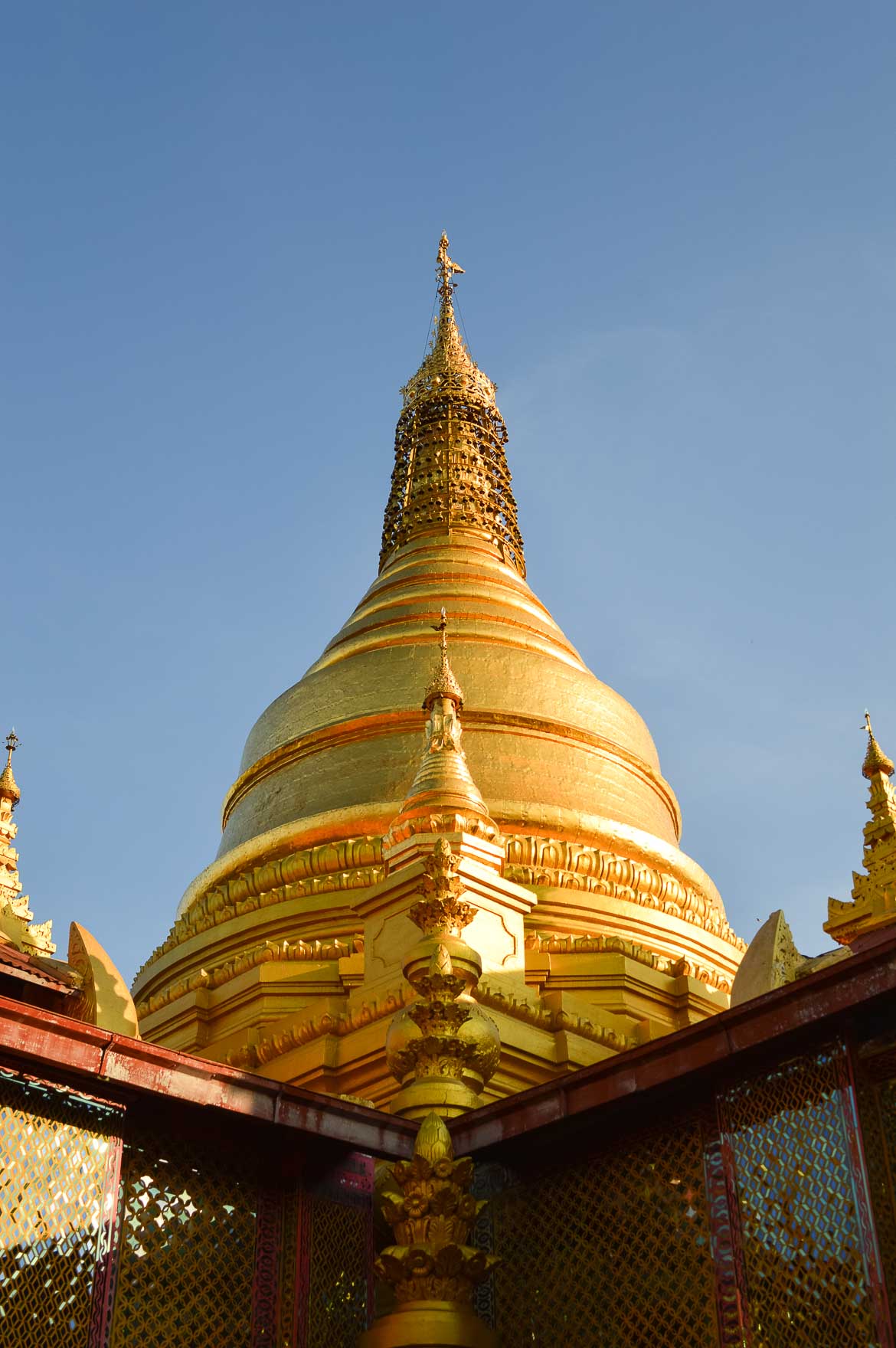
While sunset views of the city and nearby mountain ridge from Mandalay Hill are without question stunning, there are several lesser known temples to take in the view. Yankin Hill offers both a unique cave-like experience with a temple carved into a narrow gully, as well as hilltop views. For the slightly more adventurous traveller, just over one hour south of the city you will find Datdawtaung Cave Temple in the town of Kyaukse. This is an actual cave, where it’s not about the view out, but rather what lies within. It’s capable of leaving even me speechless.
To the north, an easy self guided half day tour of Hsinbyume Pagoda (Mya Theindan Pagoda) and Mingun Pahtodawgyi (Mingun Pagoda) await you. The all white Hsinbyume was created in 1816 modelled after Mount Meru of Buddhist Cosmology. It’s unique and picturesque because of it’s circular, concentric formation versus other Buddhist temples. Conversely, Mingun is a 50 meter high ‘pile of bricks’ in a square shape. It’s actually an incomplete construction, only one third of the intended 150 meters being finished before King Bodawpaya halted it in 1979. The highly superstitious and oppressive King was swayed by a prophecy that the temple’s completion would bring about the end of the empire and his eventual death.
Located in the town of Mingun, both are situated just a few hundred meters from one another. The sites are accessible via a scenic one hour boat ride from downtown Mandalay. Climb to the top of both temples to take in stunning views of the nearby Irrawaddy River. Mingun Bell is also in the area; At 90 tons, it was the world’s heaviest and largest functioning bell at various points in history from it’s creation in 1810 until 2000 when it was surpassed by a new 110 ton bell in China. Top the morning off with a traditional ox cart ride between the sites and you’ve got yourself an affordable day trip away from the crowds. Entry to all sites around this archaeological zone is 5,000 Kyat.
No trip to Mandalay would be complete without time exploring the massive complex which houses Kuthodaw Paya known as the world’s largest book. The “book”, is actually 729 stone tablets engraved with sacred Buddhist teachings, each enshrined in their own stupa. The impressive work was commissioned by King Mindon out of fear that future invaders or enemies would destroy paper teachings. He was right – British invaders plundered jewels from much of the site, but a large portion of engravings remain or have been restored. Row upon row of striking white spires serve as ample content for amateur and professional photographers alike. Throw in the odd glimpse of children headed to market or monks performing their daily duties, and you may never want to leave. A truly memorable experience either early morning before the tour buses arrive, or at sunset for the stunning views. Without a doubt, Kuthodaw Paya stands out as one of the most peaceful and beautiful places I have visited in all of my travels across Southeast Asia.
Adjacent to the Kuthodaw Paya lies another impressive temple, Sandamuni Paya, offering the world’s largest iron Buddha image and golden stupa that is equally as photo worthy. Entry is free for both, located on 62nd St, between 10th and 11th Streets.
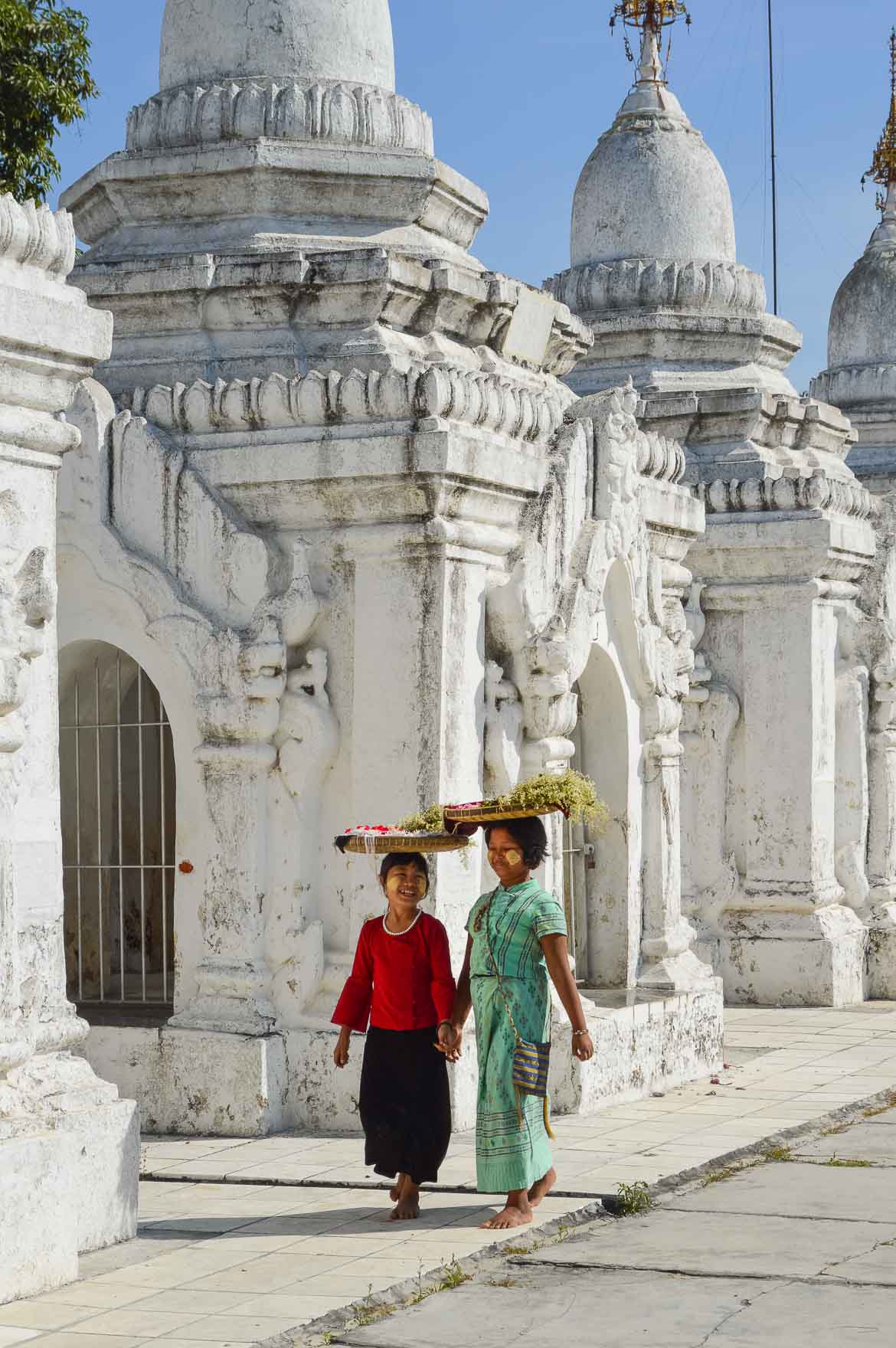
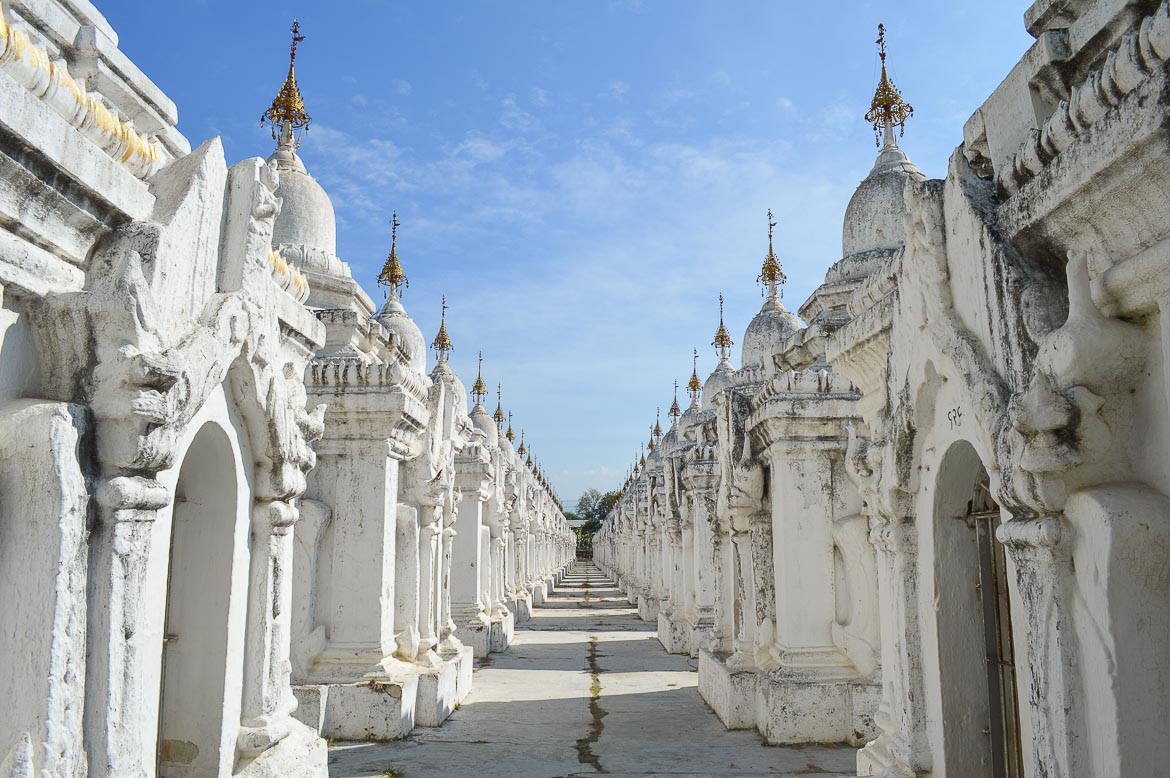
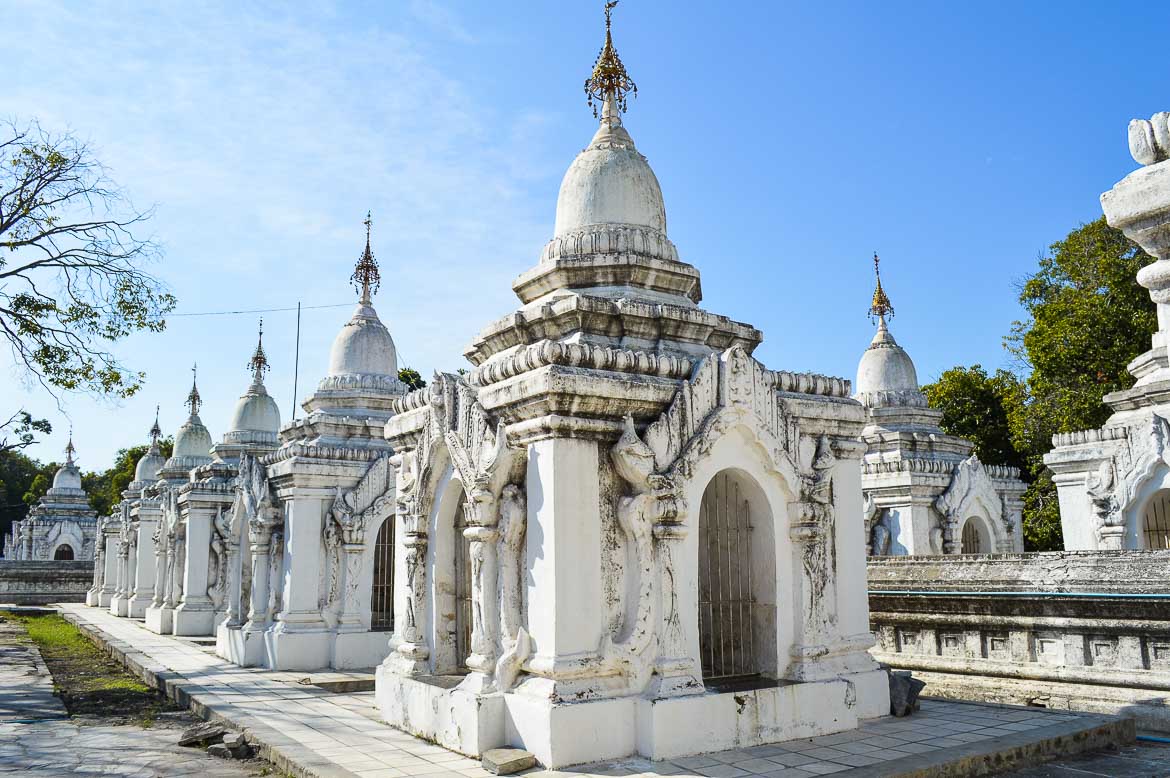
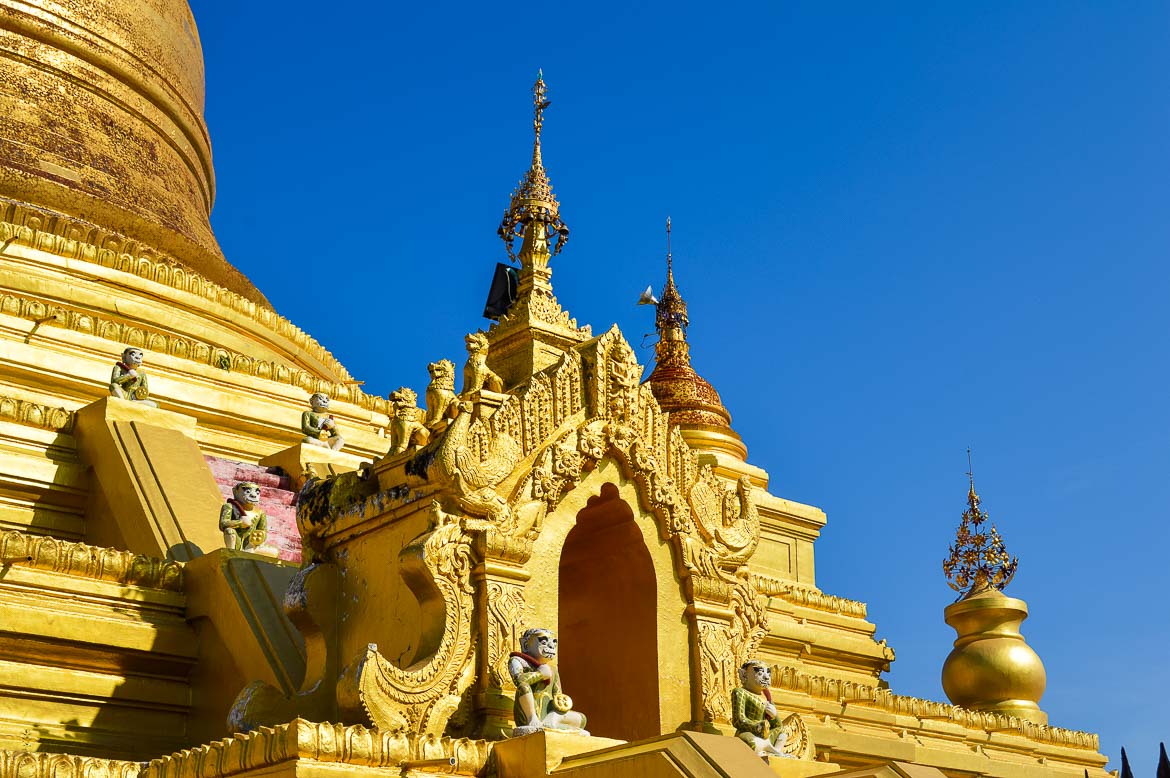
Mandalay Palace
Although I find the aforementioned temples to be more visually and spiritually inspiring, I would be remiss to not include the Mandalay Royal Palace as a notable destination for travellers to the area. The impressive four square kilometre compound sits at the base of Mandalay Hill and was home to the last two kings of Myanmar, King Mindon and his son King Thibaw, from 1857 to 1885 before British takeover. Throughout history it was converted into a military fort by the British, then Japanese and substantially damaged in WWII, all before being rebuilt in the 1990’s as a symbol of historic importance. Few original structures remain.
Foreigners are only permitted to enter through the east gate, where after crossing the 64 meter wide moat, are required to pay 10,000 Kyat admission. Once inside, the original Watch Tower, royal mausoleums, no less than eight royal thrones and 40 timber buildings present themselves to be explored.
Tea Houses
Mandalay is well known for its busy tea houses. These lively, primarily open air restaurants dot most street corners. They overflow with groups of men enjoying a drink, cigarette and light meal on plastic tables and chairs. ‘Sweet tea’ is commonly served up freely to guests, with a potentially unhealthy amount of sugar and condensed milk. Popular dishes are often inspired from a wide range of minority groups or neighbouring nations. Bao with red been curd comes from China, samosas from India, and mango salads from Thailand. While tea-leaf salad or Shan noodle dishes, both available in a range of spice levels, are entirely Burmese.

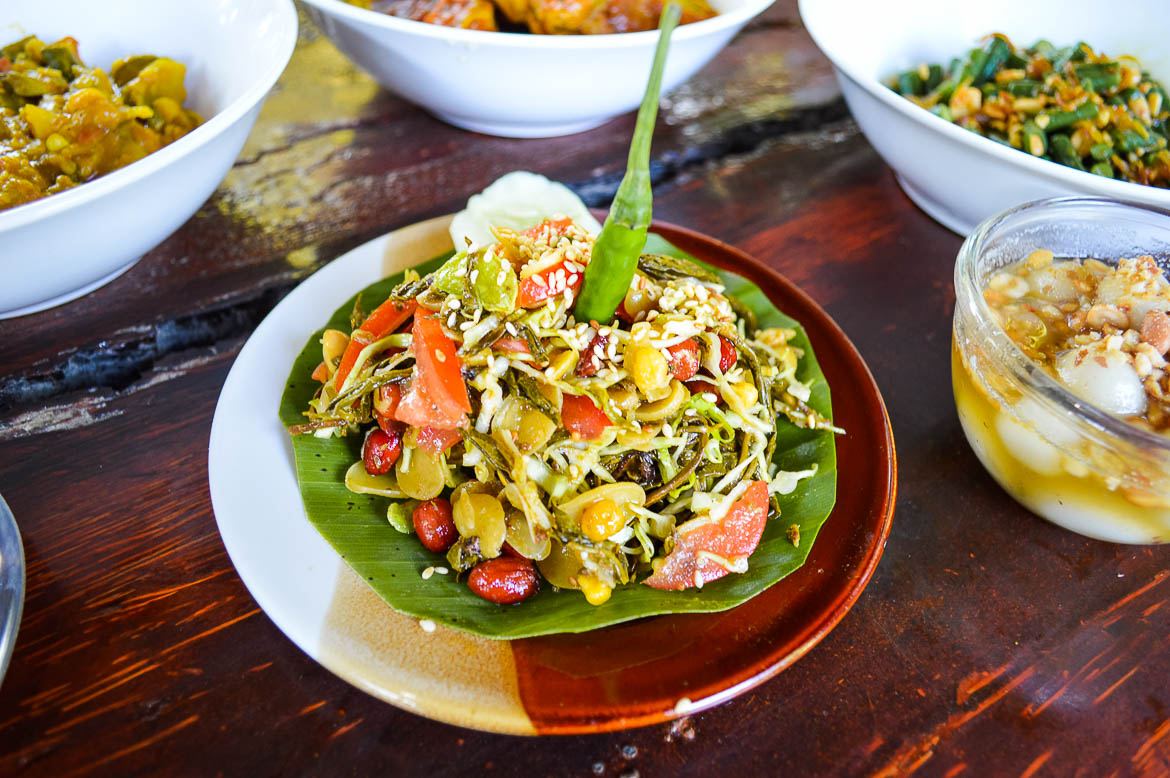
Tours Off the Beaten Path
If the honking cars, swerving motorbikes, and unescapable layer of dust in Mandalay has you looking for something cleaner and closer to nature, than you’re in luck. There are two incredible and affordable experiences that will have you entirely rethinking the term “day tour”.
Delicious noodle and currie dishes abound in Mandalay, with variation in technique and flavour from elsewhere in Myanmar. A Glimpse Of Mandalay is part cooking class and part cultural emersion for an all around incredible day. For $30 USD/pp your busy day includes learning about, buying, and cooking your own classic Burmese dishes, followed by cycling through a small village and finally taking in sunset from a quiet temple overlooking Mandalay. As someone who despises large group tours, I’m thankful that the group size is kept to six to ten people max, with plenty of time for personal interaction with your hosts to truly understand life for local Mandalarians. You walk away with a recipe book, so your attempts at re-creating the perfect tea leaf salad are not in vain. Five stars through and through. Find out more here.
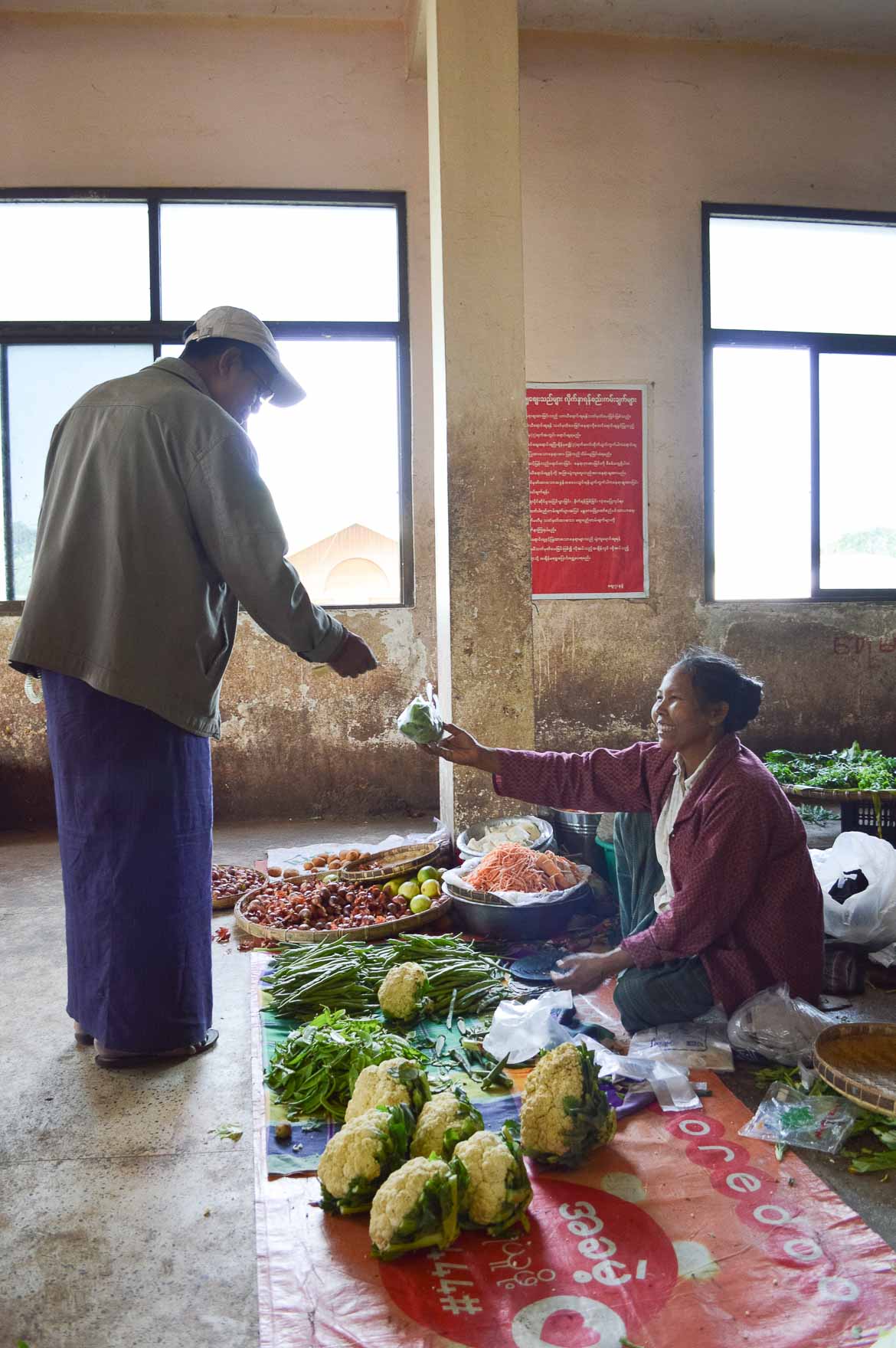
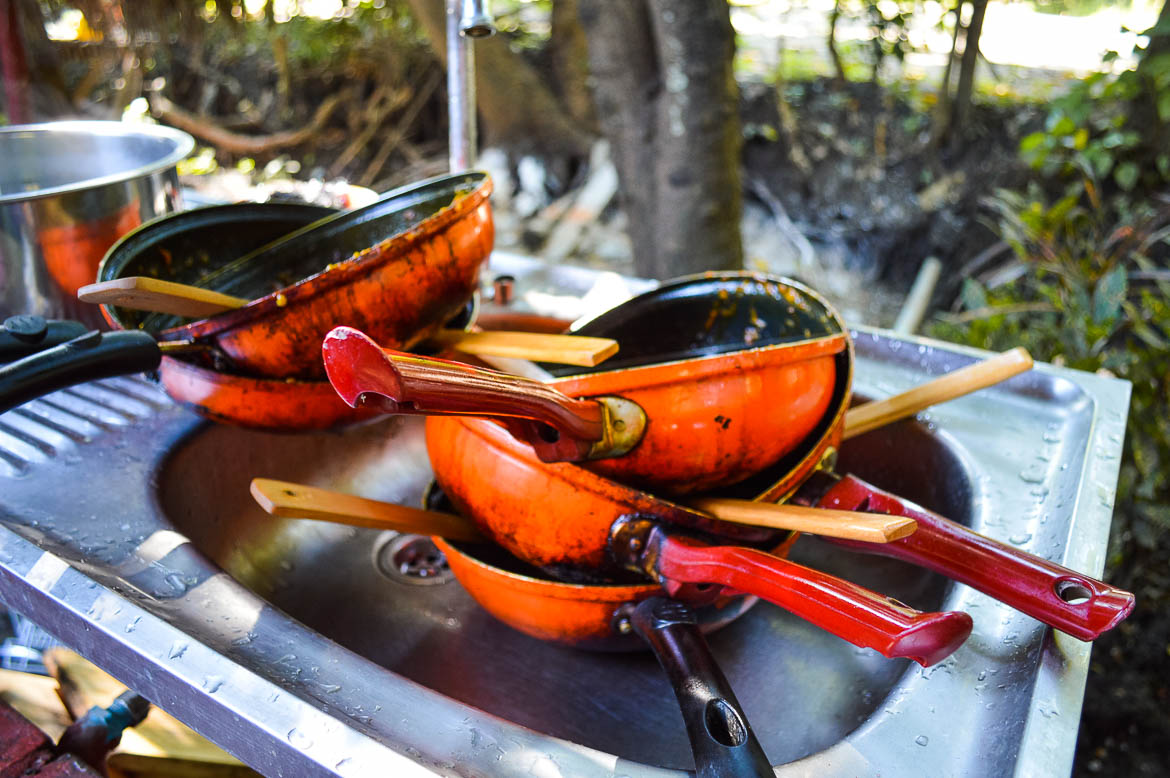
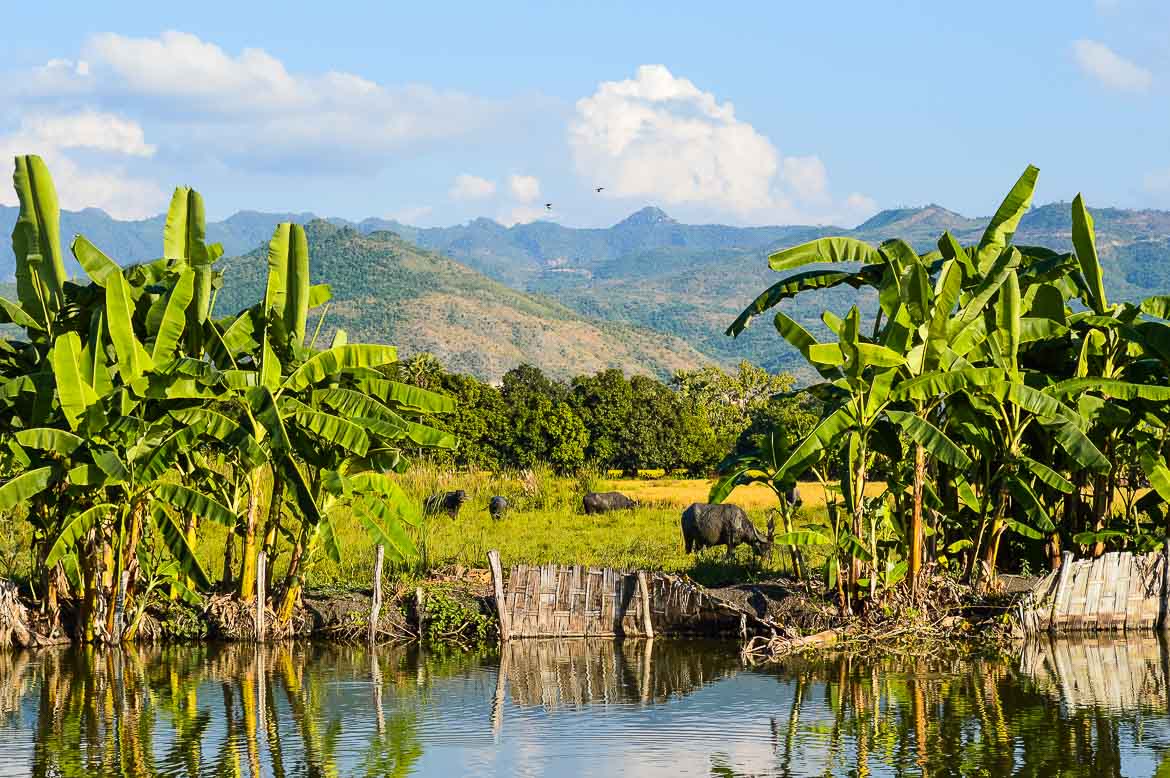
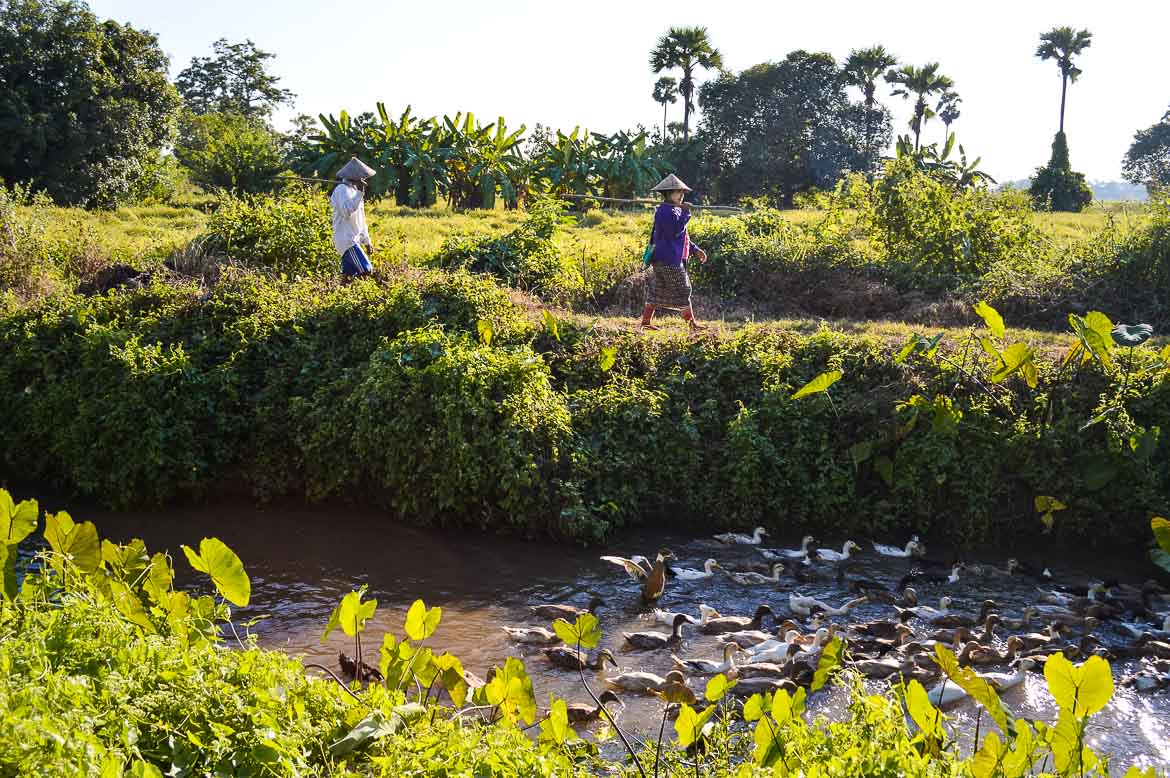
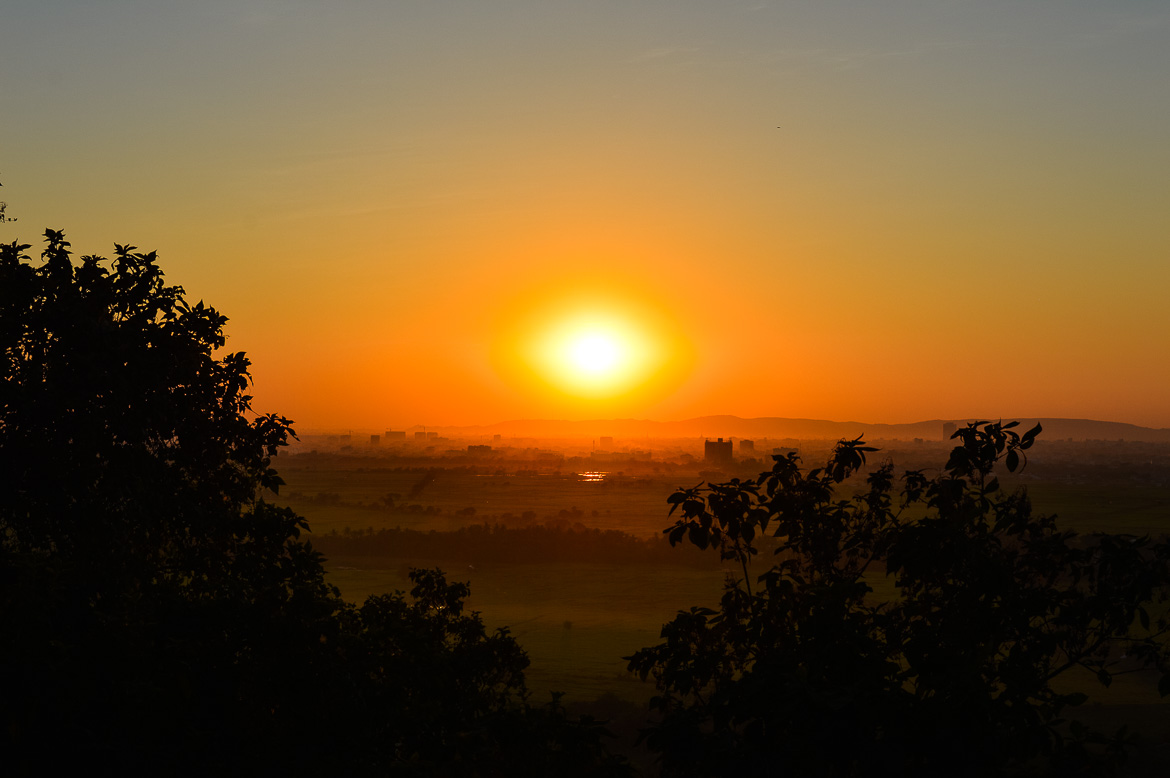
One of the iconic images associated with the Mandalay region is without a doubt U Bien Bridge set amongst the brilliant setting sun. Spanning over 1.2km, the bridge is known to be the oldest and longest teak wood bridge in the world. Instead of taking a van to the site and back, why not literally get off the roads and explore more of what the Inwa area, also known as Ava, has to offer?
Grasshopper Adventures offers exceptional outings, cycling through small villages and stunning temple ruins en route to the famous bridge. Often run as private half day tours, the 20km cycling requirements are quite achievable for most reasonably fit people. You’re off the busy roads in no time and literally peddling back fields and dirt paths away from anything that looks remotely like a tourist attraction: tamarind fruit processing, making local cigars, producing traditional lacquerware. Each stop along the route provides for yet another opportunity to connect with locals. Top it off with a once in a lifetime view of U Bien at sunset, from the comfort of your own paddle boat, with a local beer in your hand, and I was nearly beside myself. The sights, sounds, tastes and knowledge of the Grasshopper team are unbeatable.
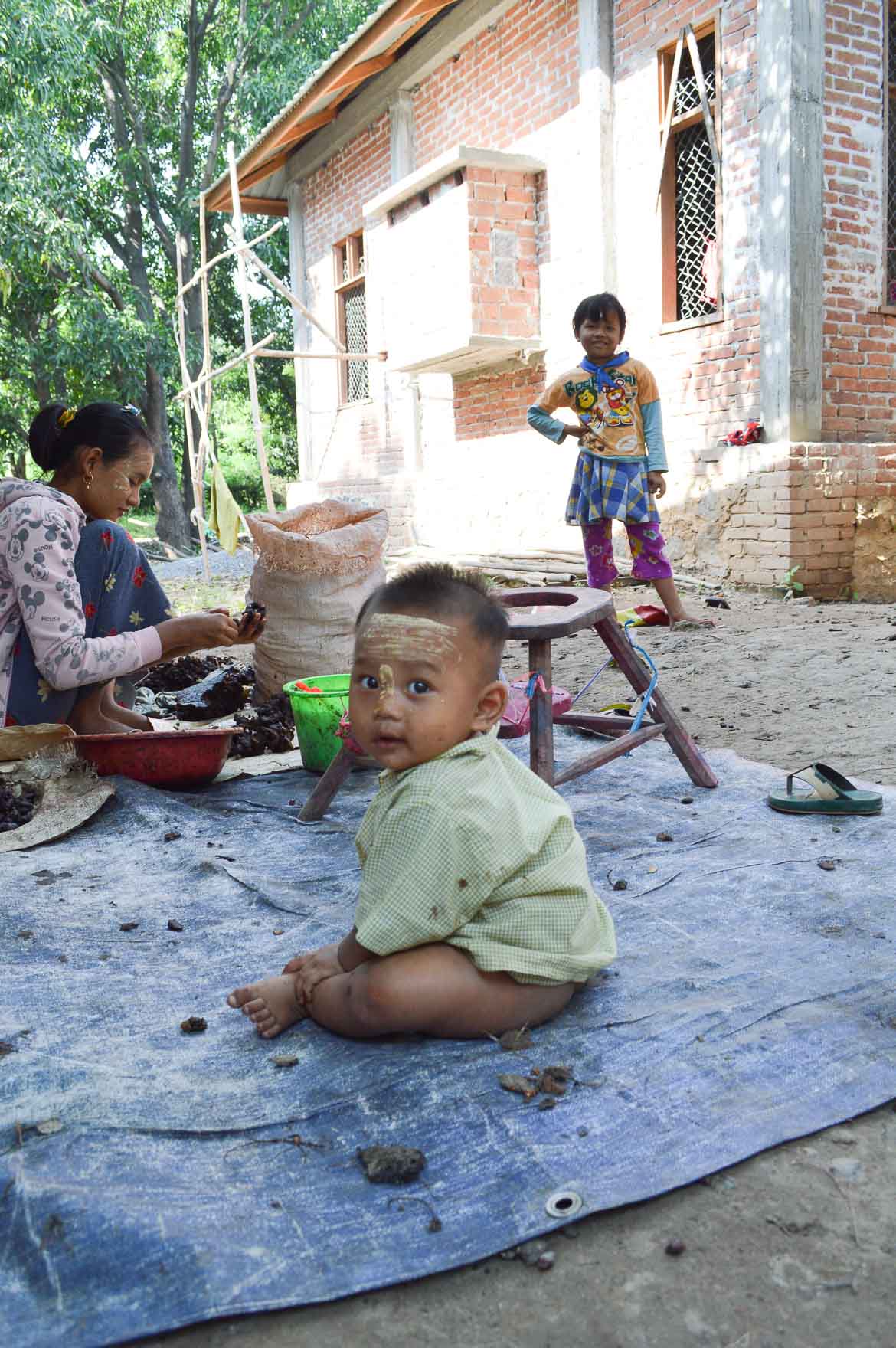
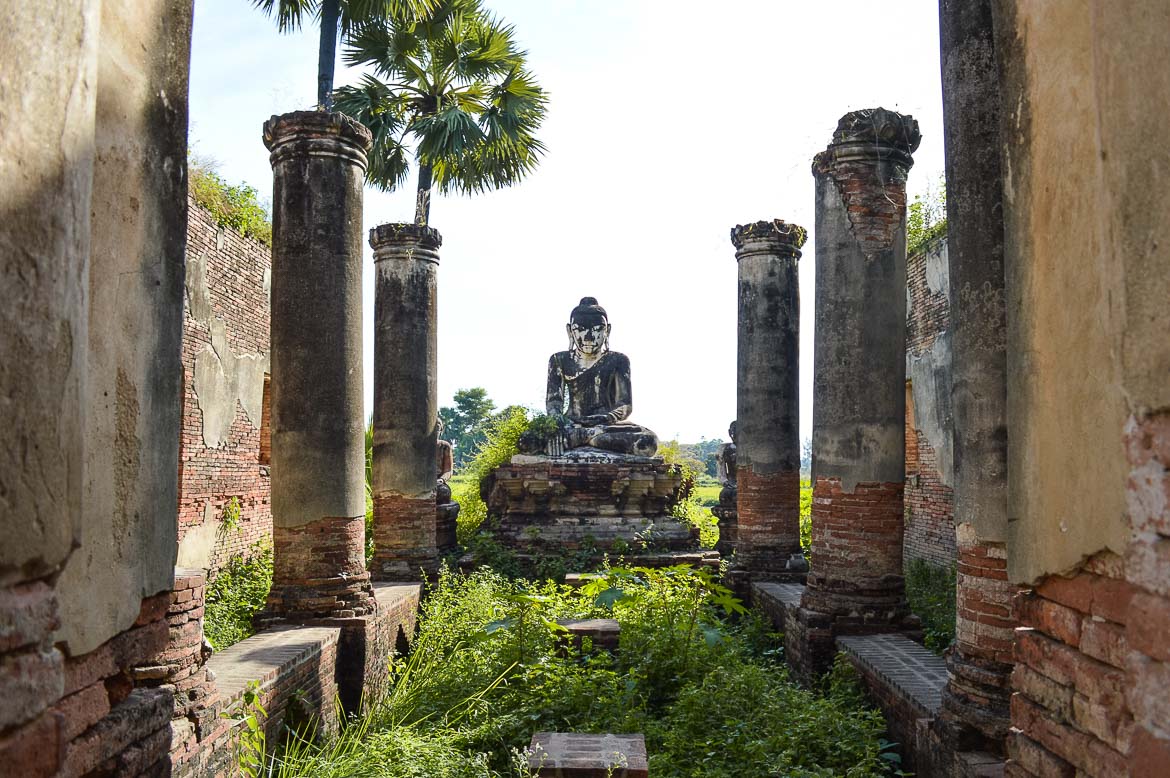
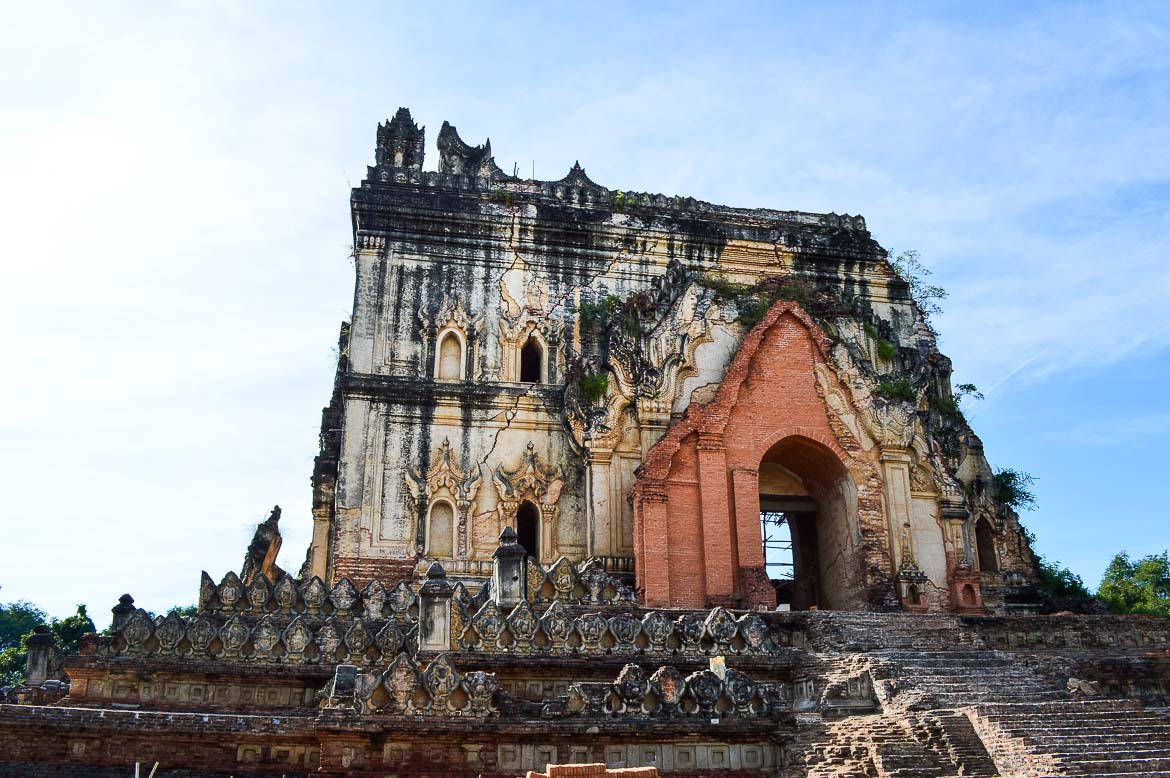
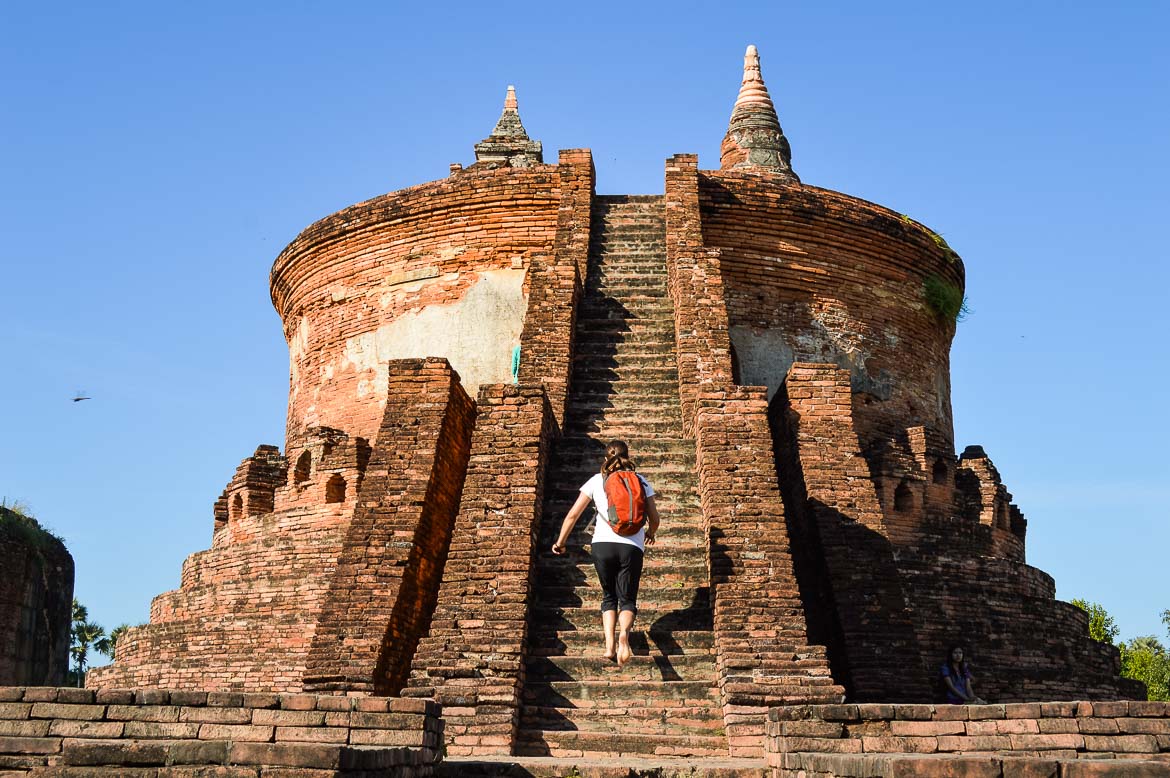
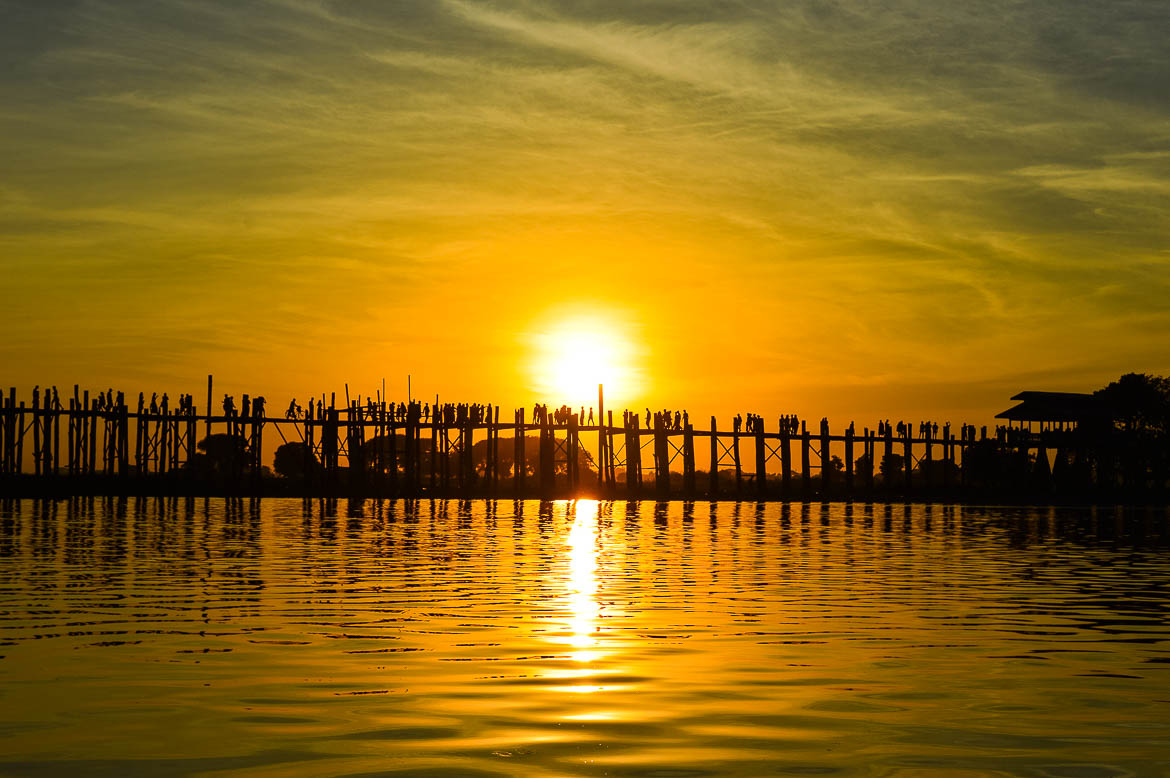
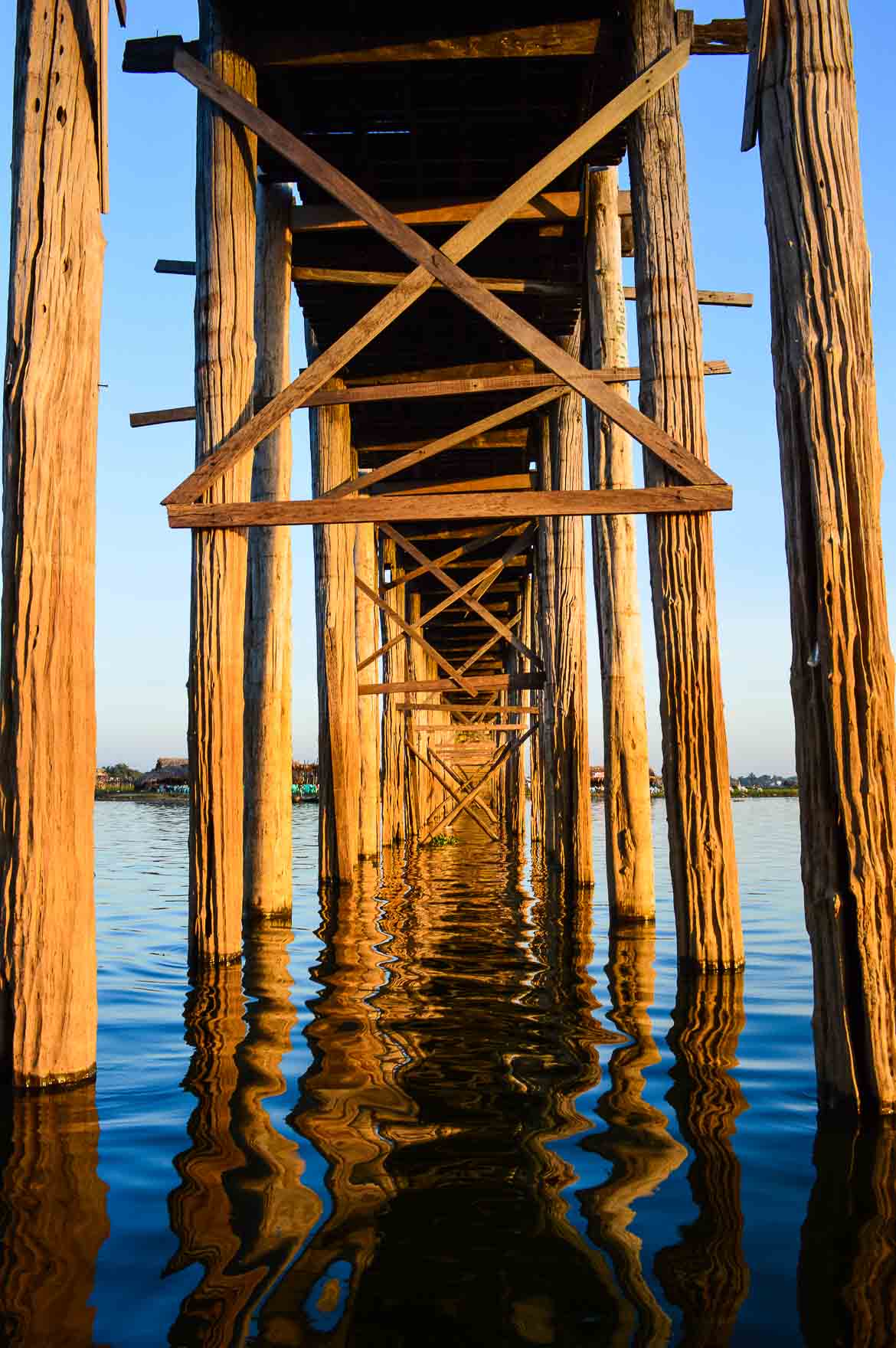
Mandalay photos by Madeline Burch
Make your next trip the best one.
Departful is a full service travel agency creating truly exceptional travel experiences that are 100% personalized to you. Wherever you’re going, whatever your interests, we help you plan the perfect trip.
Madeline Burch
Madeline was born and raised in Toronto Canada, educated in marketing, and has worked in brand management and the alcohol industry for nearly a decade. In search of great drinks, stories and photos, she has travelled to South East Asia multiple times including a recent eight month stint based in Vietnam. From luxe travel to volunteer missions, she’s interested in it all.


